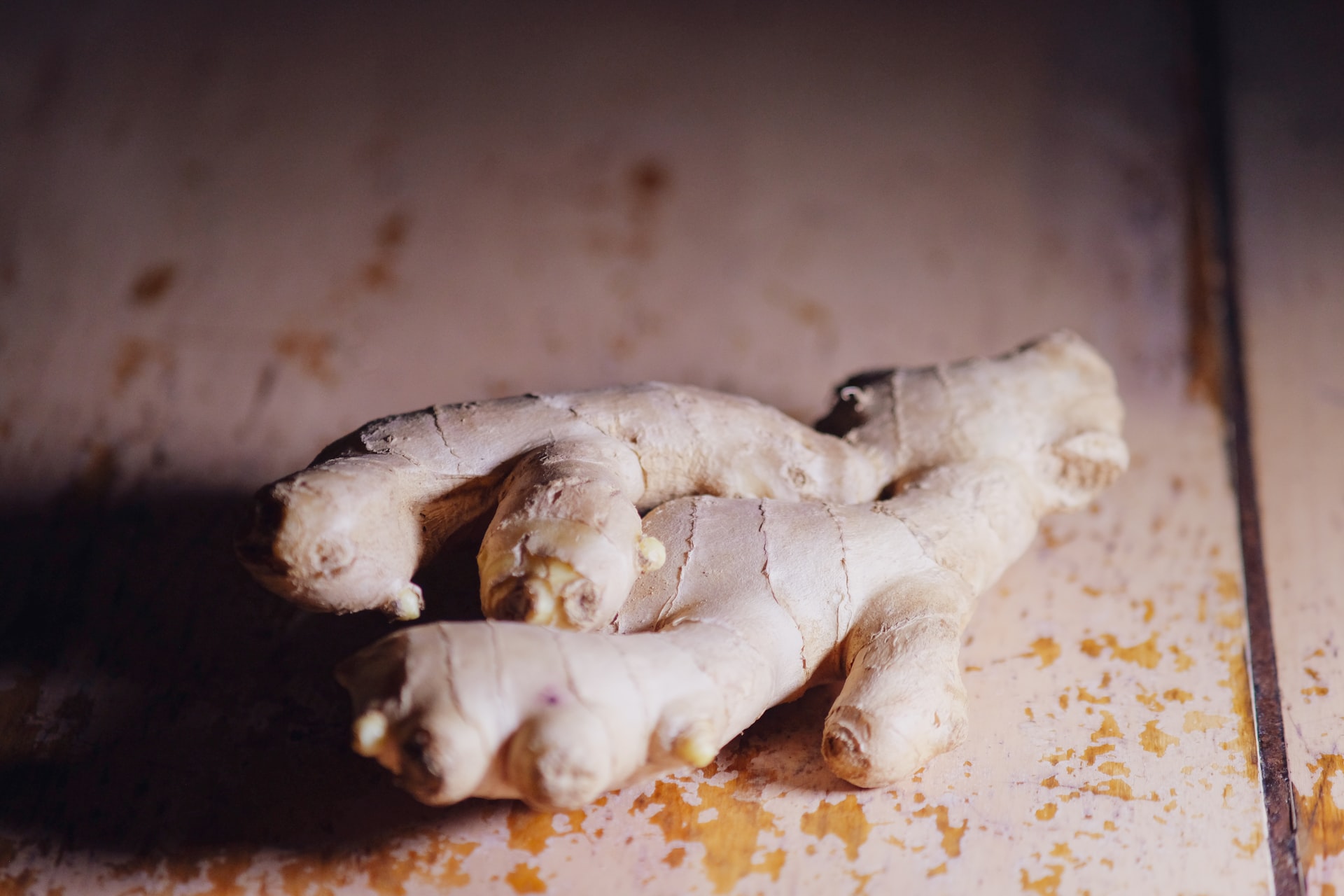Ginger is the ideal plant to grow inside your home.
Growing ginger requires little sunlight and maintenance, which makes it simple and convenient for you!
Plus you get an endless supply of delicious ginger to use in recipes, this healing product has numerous health benefits.
Here are a few of of ginger’s powerful health benefits…
- Boosts immune system
- Fights cancer
- Anti-inflammatory
- Digestive support
- Nausea relief
- Improves diabetes symptoms
- Reduces pain
Buying ginger
The best idea is to buy ginger from seed catalogs or garden centers. You will have much better results if you get ginger seeds that are meant to be planted.
The bad thing is, ginger can be difficult to find from garden suppliers. You may have to search a bit to find it, but the wait is worth it.
You can also buy your ginger from a grocery store, but the results will be less obvious because of the inhibitor used on ginger in order to prevent it from sprouting. This inhibitor lasts even after you plant the ginger, and there is no telling how long it will take to begin growing.
It is probably not the best idea to get the ginger from grocery store. However if you decide to get it from there, soak it in water overnight in order to get rid of any pesticides.
When picking your ginger, pick a supple root for planting with tight skin. The greener, the better!
It also a good idea to choose one with several sprouts.
Growing ginger
It takes about 10 months for ginger to fully ripen. It’s a good idea to keep the plant inside during the cold months, as it doesn’t tolerate cold weather very well.
Ginger is an ideal plant because it grows easily in partial to full shade! This works for most people because they do not get full sunlight through their windows.
As the ginger begins to grow, parts of it can be removed while it continues to grow. Due to ginger having an extremely strong taste, a small bit goes a long way!
Most recipes call for a few teaspoons or zests of ginger. These small pieces can be used for teas, soups, stir-fries, desserts and more!
The website tropicalpermaculture.com has these additional tips:
- Ginger needs a lot of moisture while actively growing.
- The soil should never dry out. Don’t overwater, though, because the water that drains away will take nutrients with it.
- Ginger loves humidity.
- If you have problems with dry air then regular spraying and misting might help. Dry air can cause problems with spider mites. But that’s rather a problem for people who try to grow ginger out of its range and indoors.
- A sheltered, moist spot in a warm climate will provide enough humidity.
Step-by-step ginger growing guide
- First things first, soak the ginger root overnight in warm water to prepare it for planting.
- Next, fill your pot with very rich but well draining potting soil.
- Stick the ginger root with the eye bud pointing up in the soil and cover it with 1-2 inches of soil. Add a good amount of water.
- Place the ginger in a spot that stays reasonably warm but does not get too much sunlight. Too much sun is not a good idea for the ginger.
- Keep the soil moist. Water it lightly. It is best to use a spray bottle or light watering to maintain soil moisture.
- Ginger is a slow growing plant. It will take a few weeks or so before see some sprouts growing out of the soil.
- Continue to water the plant.
Collecting your fresh ginger, forever!
About three to four months after planting you can begin to harvest your fresh ginger.
Just cut the wanted amount off a sprout at the edges and then return the soil, remember a little bit goes a long way.
The best part is, you take a good care of your ginger it will never stop producing!
This way you can harvest it all the time.
If you are looking for a bigger harvest you can uproot the entire plant and plant some of the rhizomes to start over.
Time for some homemade ginger ale!


